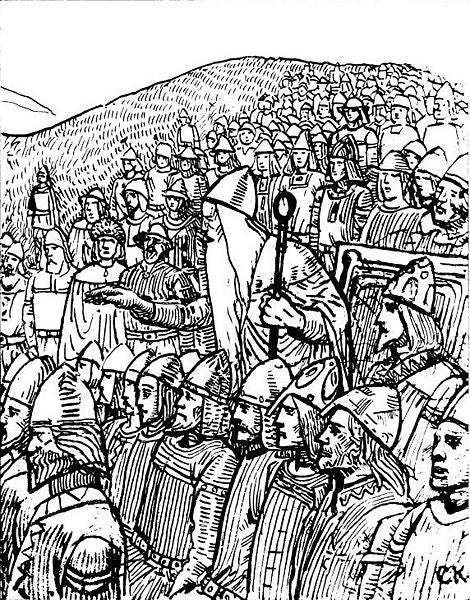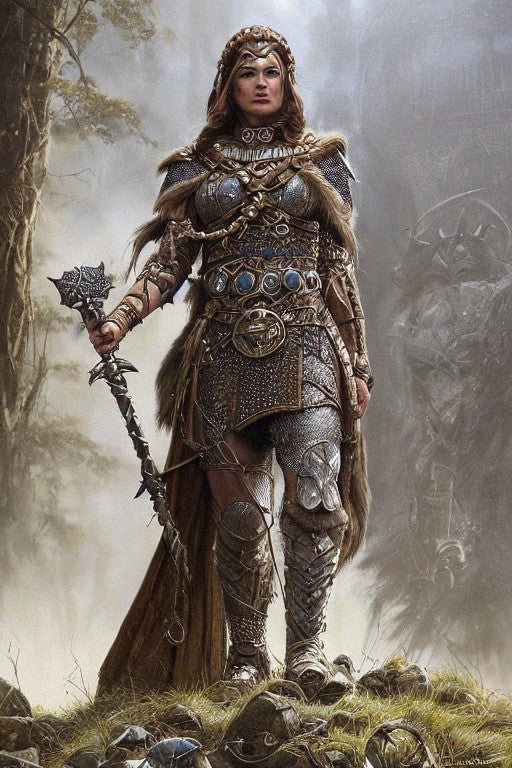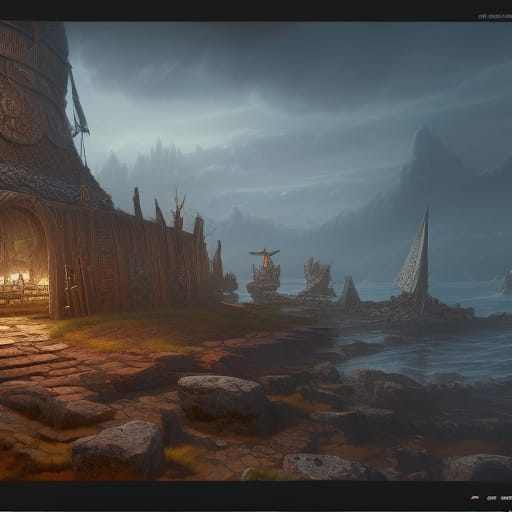The Vikings, often known for their fierce warriors and seafaring exploits, had a well-defined system of laws and governance that governed their society. These laws played a crucial role in maintaining order, resolving disputes, and upholding justice. In this blog post, we will delve into the world of Viking laws, exploring their social structure, legal system, and the principles that guided their governance.

1. The Thing: The Viking Assembly
- The Thing: The Thing was a gathering of free men from different communities, serving as a legislative and judicial assembly in Viking society.
- Role of the Thing: We will discuss the significance of the Thing as a forum for making laws, settling disputes, and maintaining social order.
2. The Lawspeaker: The Custodian of Laws
- Role of the Lawspeaker: The Lawspeaker was a key figure in Viking society who memorized and recited the laws during the Thing assemblies.
- Legal Expertise: We will explore the importance of the Lawspeaker in interpreting and applying laws, providing guidance to the assembly.
3. Legal Codes: Grágás and Other Legal Sources
- Grágás: Grágás, meaning "Gray Goose," was the most well-known Viking legal code, primarily used in Iceland. We will discuss its structure and contents.
- Other Legal Sources: We will touch upon other legal sources and codes, such as the Gulathing Law and the Frostatingslag, which varied across different Viking regions.
4. Social Structure and Legal Rights
- Social Classes: Viking society was divided into social classes, including Jarls (nobles), Karls (freemen), and Thralls (slaves). We will explore the legal rights and obligations of each class.
- Gender Roles: We will discuss the legal rights and roles of Viking women, highlighting their participation in legal matters and inheritance rights.
5. Crimes and Punishments
- Legal Offenses: We will explore various crimes under Viking law, including theft, murder, adultery, and defamation, and the corresponding punishments.
- Restitution and Compensation: The Viking legal system emphasized restitution and compensation as means of resolving conflicts and restoring harmony within the community.

Conclusion:
Viking laws formed the backbone of their society, ensuring order, justice, and social cohesion. The Thing assemblies, the role of the Lawspeaker, and legal codes like Grágás provided a framework for governance and resolution of disputes. Understanding the Viking legal system allows us to appreciate their commitment to maintaining social order and upholding the principles of justice and fairness.
Works Cited:
- Brink, Stefan, and Neil Price, editors. The Viking World. Routledge, 2008.
- Miller, William Ian. Bloodtaking and Peacemaking: Feud, Law, and Society in Saga Iceland. University of Chicago Press, 1990.
- Sawyer, Peter. The Oxford Illustrated History of the Vikings. Oxford University Press, 1997.
- Steinsland, Gro, and Preben Meulengracht Sørensen. Människor och makter i vikingarnas värld. Natur och Kultur, 2003.
-
-
-
Related Links-
Turkish Rings

Thor Collection




Leave a comment
This site is protected by hCaptcha and the hCaptcha Privacy Policy and Terms of Service apply.